Technological advancements in monitoring will enable more effective oversight and compliance with regulations in plant management.
Waste Water and Leachate Treatment Plant:
Exploring processes for sustainable waste management
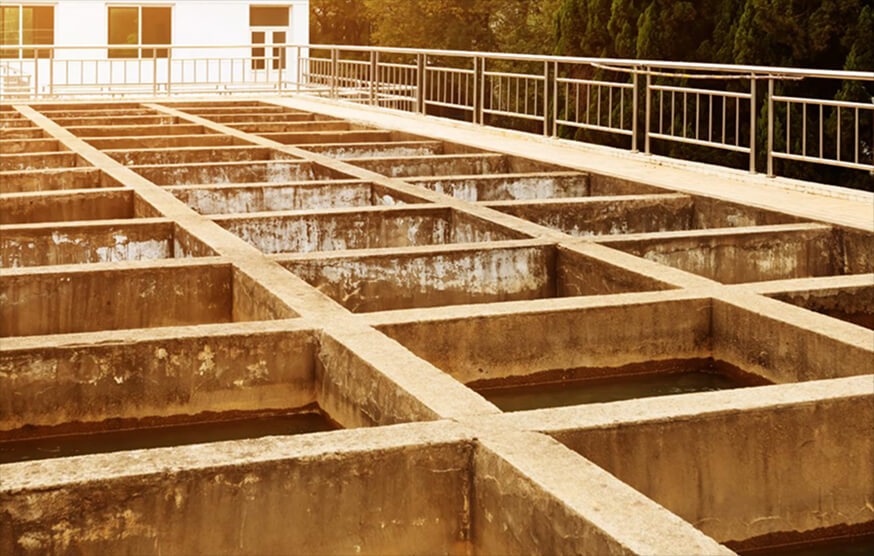

What is Wastewater?
Domestic Sources
Domestic activities such as washing, cooking, and bathing contribute significantly to wastewater generation in urban areas.
Industrial Sources
Agricultural Sources
What is Leachate?
Leachate is a liquid formed when water percolates through solid waste and collects dissolved substances.
Sources of Leachate
Leachate primarily originates from landfills where waste decomposes and generates liquid that must be managed responsibly.
Environmental Impact
Improper management of leachate can lead to environmental contamination, affecting soil and groundwater quality.


Contamination of Water Bodies
Untreated wastewater and leachate can contaminate rivers, lakes, and oceans, impacting aquatic life and ecosystems.
Harmful Algal Blooms
Contaminated waters can lead to harmful algal blooms, which produce toxins harmful to wildlife and humans.
Loss of Biodiversity
The introduction of untreated waste can result in loss of biodiversity, threatening various species and their habitats.
Public Health Risks
Untreated wastewater poses public health risks, leading to waterborne diseases and health crises in affected communities.

Purpose of Primary Treatment
The primary treatment is essential for removing large solids from wastewater to prepare for further treatment.
Physical Processes Involved
Primary treatment involves physical processes such as screening and sedimentation to remove solids and sediments.
Impact on Subsequent Treatment
By reducing the load of solids, primary treatment helps enhance the efficiency of subsequent wastewater treatment processes.
Biological Processes
Secondary treatment utilizes biological processes to effectively break down organic matter found in wastewater.
Nutrient Removal
Secondary treatment focuses on the removal of nutrients, such as nitrogen and phosphorus, from wastewater.
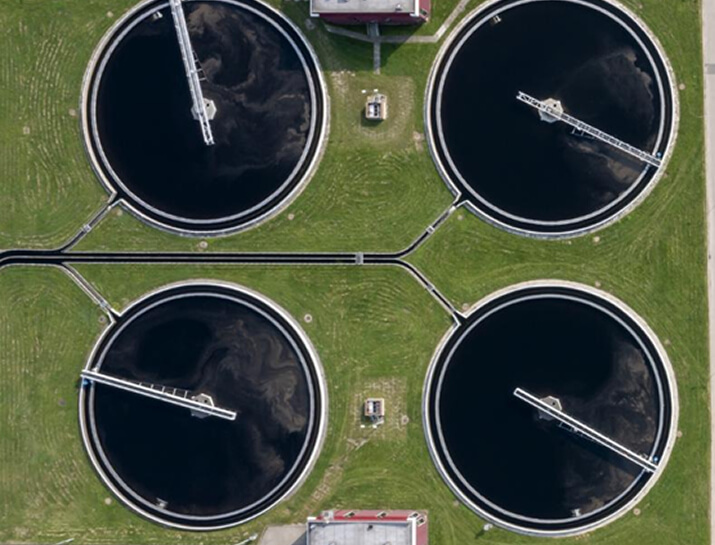
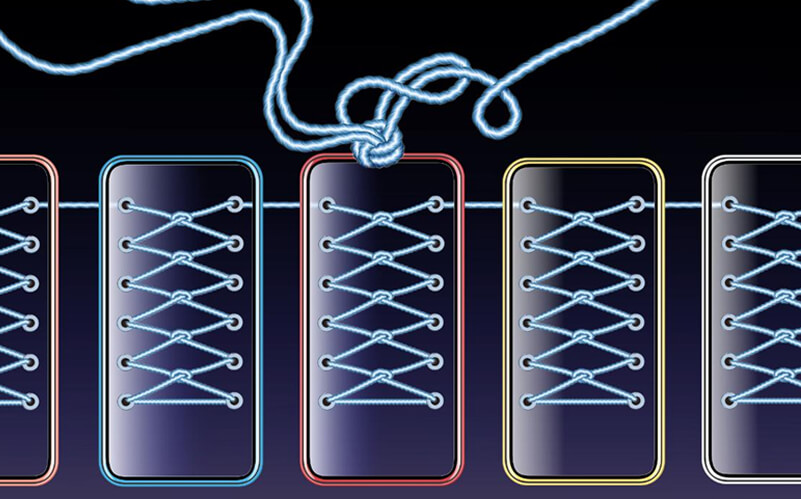
Membrane Filtration
Membrane filtration is a crucial technology for separating contaminants from water to ensure safe effluent discharge.
Advanced Oxidation Processes
Advanced oxidation processes effectively remove residual contaminants from wastewater, leading to improved water quality.
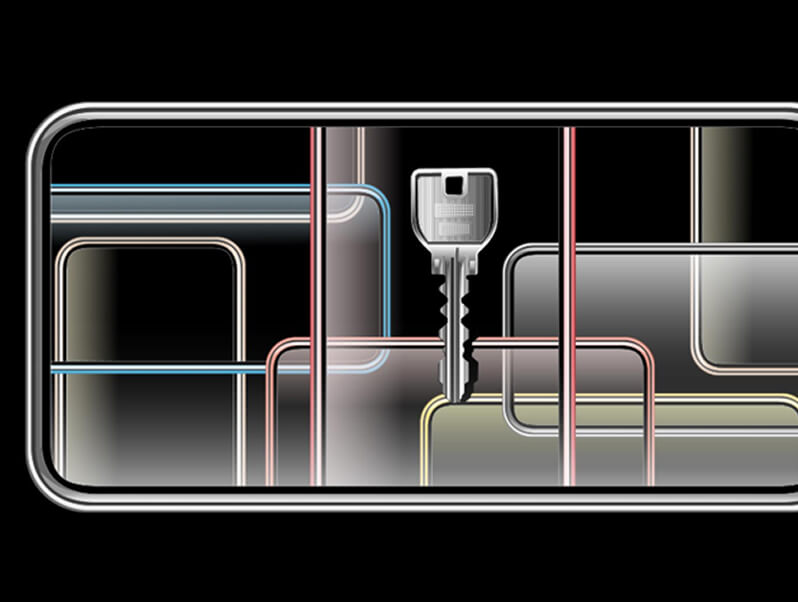
Screening Process
The screening process removes large debris and solids before water enters the treatment plant, ensuring efficient operations.
Sedimentation Tanks
Sedimentation tanks allow suspended solids to settle at the bottom, separating impurities from the treated water.
Aeration Basins
Aeration basins introduce air into the water, promoting biological processes that break down organic matter effectively.
Disinfection Units
Disinfection units eliminate pathogens in treated water, ensuring the safety of the water before it is released or reused.
Importance of Procedures
Regular operational procedures are crucial for maintaining the efficiency of treatment plants and preventing unexpected failures.
Routine Maintenance
Routine maintenance practices help ensure the longevity of treatment plants and compliance with regulations.
Preventing Breakdowns
Effective management practices can significantly reduce the risk of breakdowns and operational disruptions in treatment facilities.


Equipment Failures
Equipment failures can significantly disrupt plant operations, leading to downtime and increased operational costs. Regular maintenance and monitoring are critical.
Fluctuating Waste Inputs
Fluctuating waste inputs can create challenges in processing efficiency and consistency. Implementing flexible processing systems can help mitigate these issues.
Regulatory Compliance
Meeting regulatory compliance is essential for plant operations to avoid legal issues and fines. Staying informed on regulations and implementing best practices is vital.
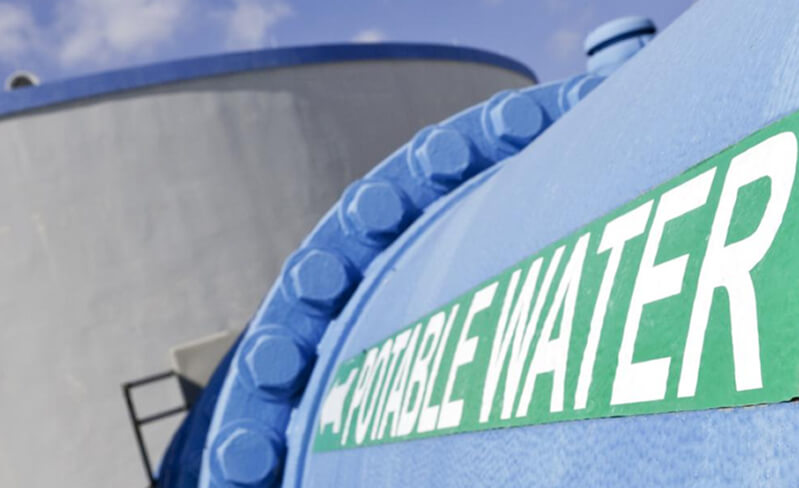
Importance of Treatment Processes
Effective treatment processes are essential for reducing pollutants and maintaining clean water bodies, benefiting both ecosystems and human health.
Safeguarding Ecosystems
Reducing contaminants helps protect diverse ecosystems, ensuring wildlife thrives and natural habitats remain intact.
Enhancing Water Quality
Improved water quality is vital for biodiversity, supporting aquatic life and promoting overall environmental health.
Wastewater Treatment
Treating wastewater is essential for preventing pollution and protecting our water resources, ensuring safe water for all.
Leachate Management
Effective leachate management is crucial in preventing harmful substances from contaminating water sources and
damaging ecosystems.
Clean Water Availability
Ensuring the availability of clean water is vital for drinking, agriculture, and recreational activities, benefiting communities and nature.
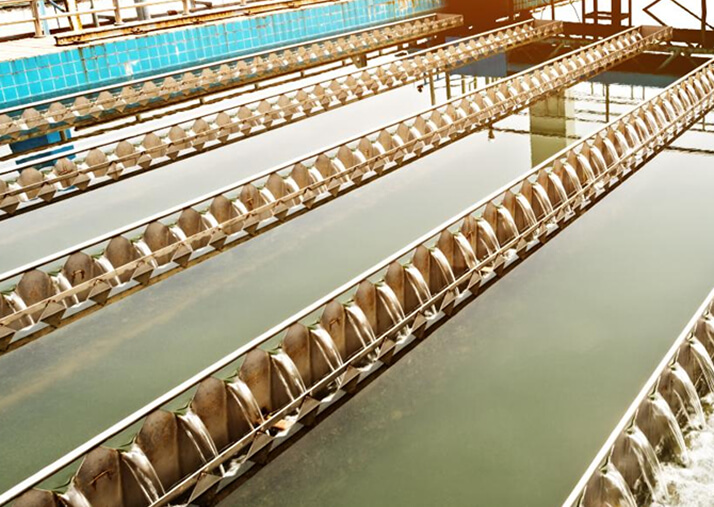

Wastewater Treatment Importance
Effective wastewater treatment minimizes harmful pathogens, improving community health and safety.
Reducing Waterborne Diseases
Proper treatment of wastewater significantly reduces the risk of waterborne diseases in communities.
Healthier Communities
Improved wastewater management leads to healthier environments, benefitting overall public health.

Importance of Regulations
International and local regulations are essential for maintaining high standards in treatment plant operations and effluent quality.
Environmental Safeguarding
Adhering to established regulations helps protect the environment from harmful wastewater discharges and pollutants.
Operational Practices
Regulations dictate best practices for the operation of treatment plants, ensuring efficient and safe processing of waste.
Importance of Compliance Monitoring
Continuous compliance monitoring is crucial for treatment plants to adhere to regulatory requirements and operational standards.
Regular Audits
Conducting regular audits ensures that treatment plants maintain high operational standards and identify areas for improvement.
Regulatory Requirements
Meeting regulatory requirements is vital for the legal operation of treatment plants, promoting safety and environmental protection.


Technological advancements in monitoring will enable more effective oversight and compliance with regulations in plant management.
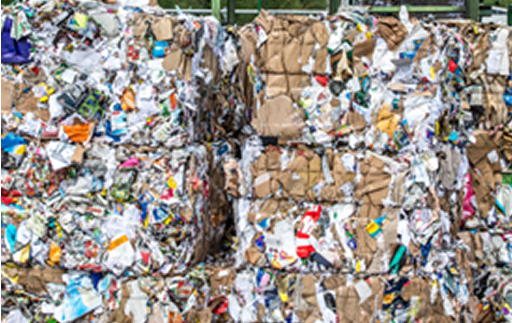
An increased emphasis on resource recovery will drive innovations in recycling and waste management practices, promoting sustainability.

Future regulations may impose stricter discharge limits to protect water quality and public health. This trend emphasizes environmental responsibility.
Join cities, campuses, and companies already making the shift to smarter, cleaner solutions.
With Hornbird’s innovative waste technology, you gain real-time data, reduced costs, and a more sustainable future